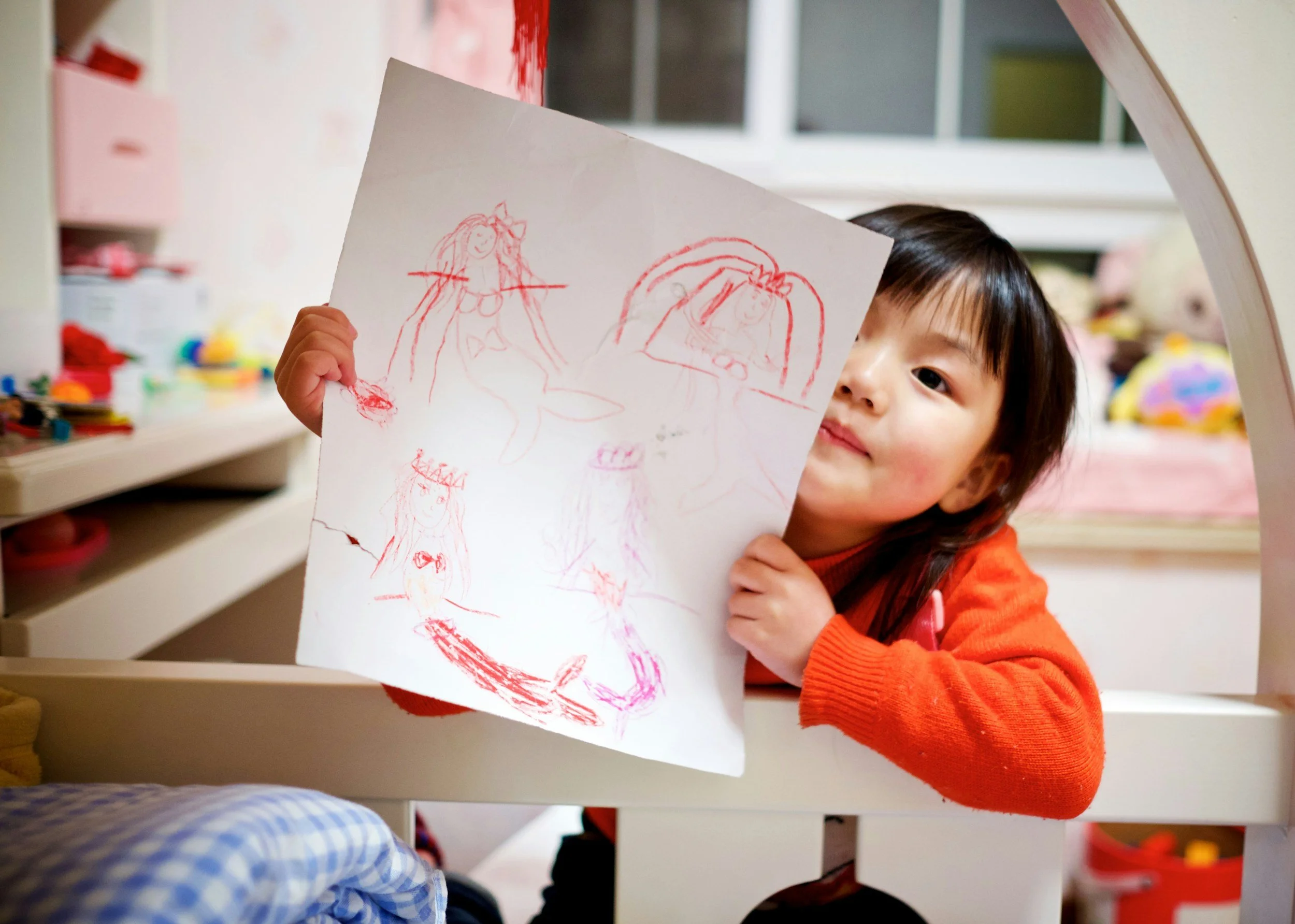Why Creative Thinking and Art Education Matter More Than Ever in the Age of AI
We’re living in a time where artificial intelligence is advancing faster than most of us can keep up with. Students today can use AI to write essays, summarize books, solve math problems, and even generate images that mimic famous artists’ styles. Efficiency and speed are being celebrated like never before.
But in this rush toward a high-tech future, we need to ask ourselves: What makes us human? What are we doing to protect the parts of us that can’t be automated or digitized?
Creativity is not just a skill—it’s our essence. And art is one of its purest expressions.
Children naturally explore the world through color, movement, emotion, and imagination. These are not just cute behaviors or "extra" talents—they are foundational ways of thinking. When kids make art, they are not just painting pictures.. They are interpreting the world around them. They are expressing thoughts and emotions that often can’t be captured through words.
While AI can replicate patterns, it can not replicate the personal. It can not tap into the unique well of memory, emotion, curiosity, and experience that drives human creativity. A child’s messy, heartfelt painting or a wildly imaginative sculpture tells us more about their inner world than any algorithm ever could.
In a world where technology will handle many of our tasks, what will set people apart is their ability to think critically, creatively, and empathetically. Art education helps children build those capacities. It teaches them to look closely, make connections, explore different perspectives, and express what they discover in their own voice.
And maybe most importantly, art gives them a sense of agency. It reminds them that they are not just passive users of technology, but creators in their own right.
The Importance of 3D Art in a 2D Digital World
In today's digital age, where screens dominate our interactions and much of our learning occurs in two dimensions, the tactile and spatial experiences offered by 3D art are more crucial than ever. Engaging in three-dimensional art forms—such as sculpting, building, and assembling—allows children to develop a deeper understanding of space, form, and structure while engaging all their senses.
As highlighted in a recent Forbes article on sensory play and childhood development, these hands-on creative experiences provide crucial developmental benefits beyond artistic expression. According to this article, when children create 3D art, they're participating in a form of sensory play that stimulates multiple areas of development simultaneously. The article cites research showing that sensory experiences are fundamental to brain development, helping to build nerve connections in the brain's pathways (Palumbo, 2023).
The tactile nature of 3D art—manipulating clay, feeling different textures, understanding weight and balance—activates the brain in ways that digital experiences simply cannot. The Forbes article emphasizes that this multisensory engagement supports cognitive development, language skills, gross and fine motor skills, problem-solving abilities, and social interaction. For children with sensory processing difficulties or developmental delays, these hands-on artistic experiences can be particularly beneficial, providing therapy through creative expression.
Art educators have long understood: three-dimensional creative experiences are not only enrichment activities but an essential part of healthy childhood development.
Art Education Enhances Critical Thinking and Problem-Solving Skills
Beyond spatial awareness, art education plays a pivotal role in cultivating critical thinking and problem-solving abilities in children. Engaging in artistic activities encourages students to analyze, interpret, and make decisions, fostering cognitive skills that are transferable to other academic disciplines and real-life situations.
A study published in the International Journal of Education & the Arts found that students who participated in structured visual arts programs demonstrated significantly stronger critical thinking skills when analyzing new artworks. These effects were particularly pronounced among students from disadvantaged backgrounds, highlighting the potential of art education to bridge educational gaps.
Conclusion
If we want to prepare children for the future, we need more than coding camps and test prep. We need to protect time for wonder. We need to encourage the kind of thinking that doesn’t always have clear answers. We need to let kids make things—messy, expressive, emotional, and beautiful things.
Because art isn’t just about art.
It’s about raising humans who can imagine, feel, connect, and create.
-
References:
Learning to Think Critically: A Visual Art Experiment: International Journal of Education & the Arts
"Palumbo, J. (2023, October 10). The Power Of Sensory Play In Childhood Development. Forbes. https://www.forbes.com/sites/jenniferpalumbo/2023/10/10/the-power-of-sensory-play-in-childhood-development/"




